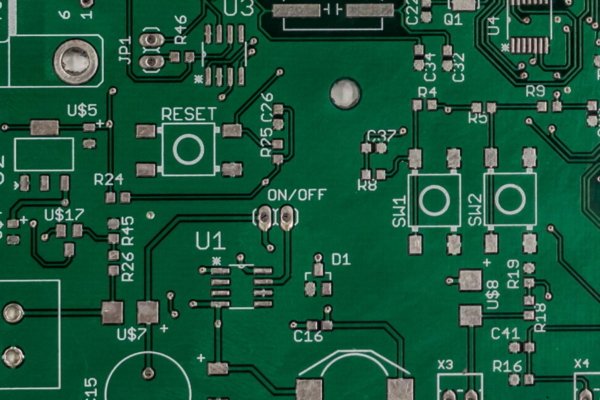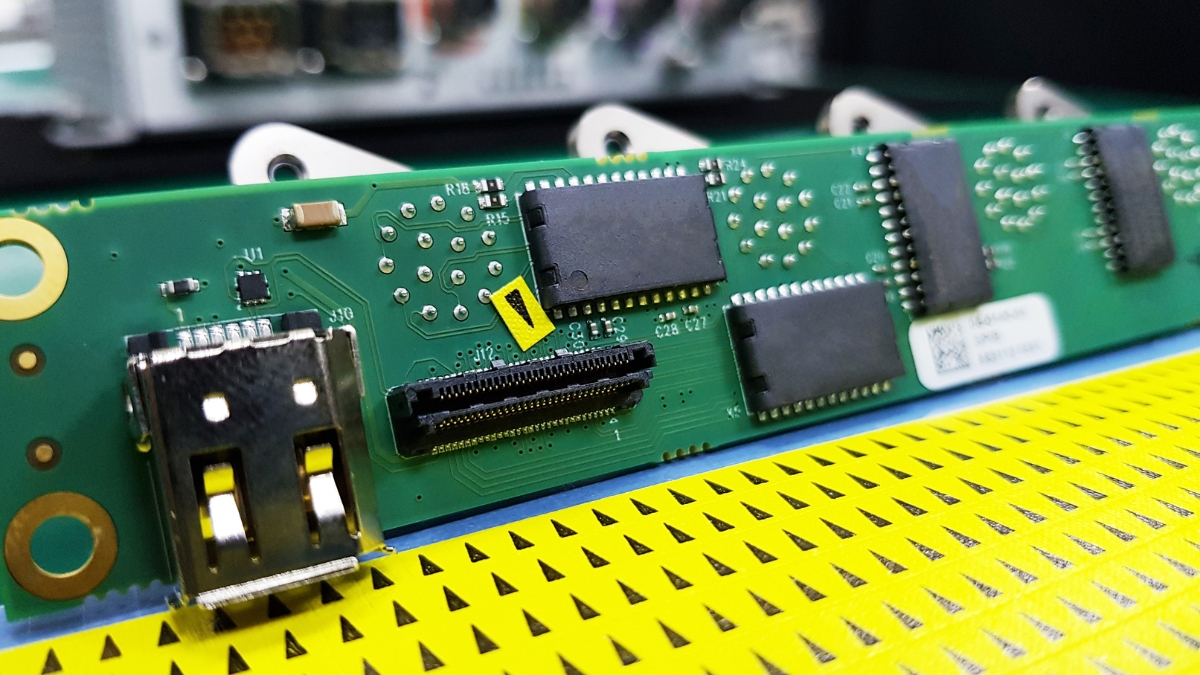What is Ground Plane
A ground plane refers to a large area or layer of metal, typically copper, that is incorporated into a printed circuit board. It serves as a solid and continuous electrical connection to ground throughout the board. The ground plane is strategically placed on the PCB to provide a low-impedance reference for electrical signals and minimize signal path lengths.
The purpose is to ensure proper grounding and minimize the formation of conductive loops. By covering areas of the PCB that do not have any components or traces with a layer of copper, the ground plane helps prevent the creation of conductive rings that can induce unwanted magnetic fields and cause ground loop electric currents.
In a two-layer PCB design, the ground plane is typically placed on the bottom layer, while the signal traces and electronic components are placed on the upper layer. This arrangement follows design rules that recommend keeping the ground plane as close to the signal traces as possible to minimize the length of the signal paths.
Additionally, a PCB may have ground planes on both sides of the board. In such cases, one side of the ground plane is connected to the supply voltage, while the other side remains grounded. This design helps maintain a consistent ground voltage level across the entire board.
It is also possible to use multiple ground copper planes on two-layer boards. However, each ground plane should be connected to the power supply independently to prevent the formation of ground loops and keep the ground plane layers separate.





